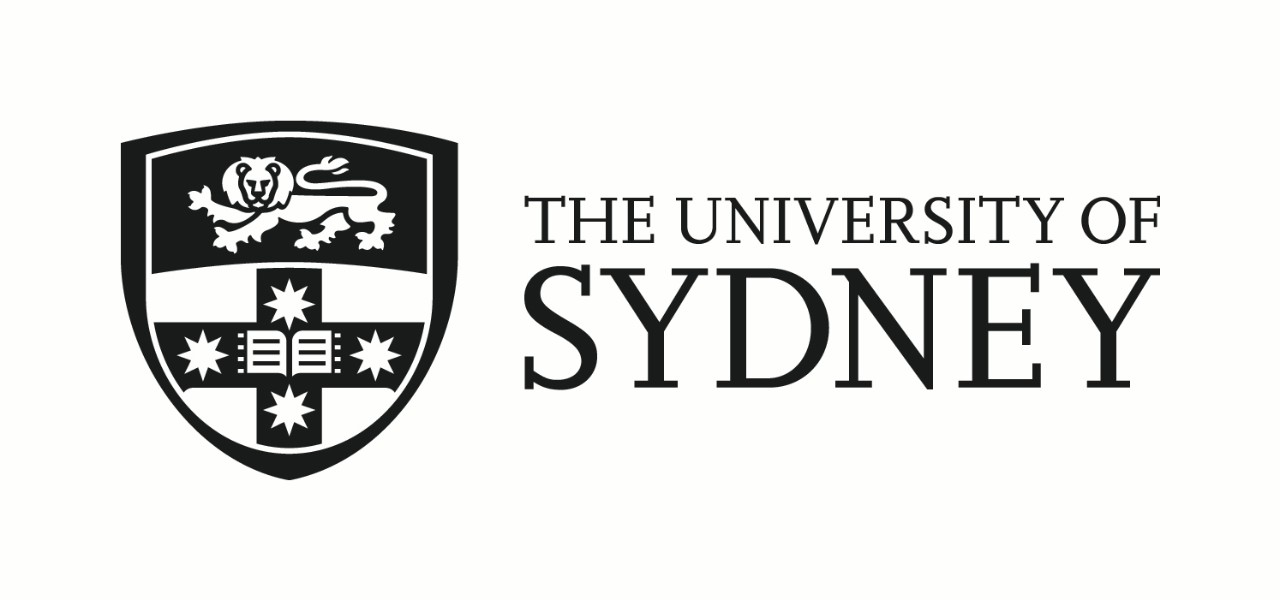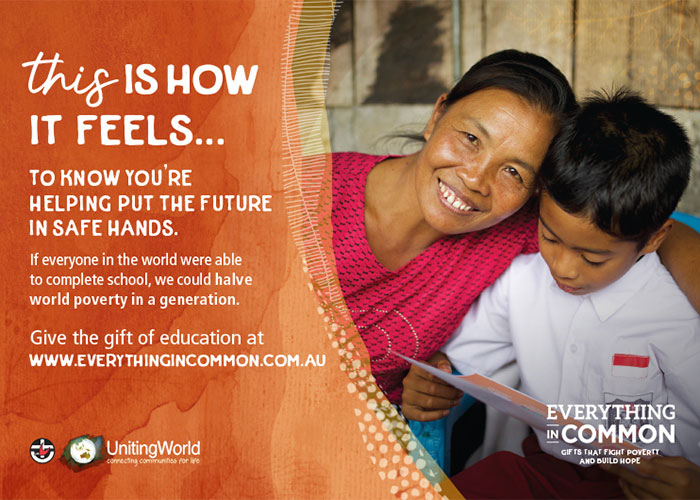
This article is sponsored by the University of Sydney. Authorised by Vice-Chancellor and Principal Prof. Mark Scott. Enquiries: 9351 2000; info.centre@sydney.edu.au
_________________________________________________________________
For people with impaired eyesight or no sight at all, the world is an enormous obstacle course. Professor Gregg Suaning is pushing vision capture and nerve stimulation technologies beyond their limits to help clear a path.
As research goals go, it is bold with perhaps a touch of the miraculous. For more than 20 years, Professor Gregg Suaning has been working to bring sight to the blind. Though in the early days, the idea was almost all he had.
“We were dismantling radios and car electricals to make the equipment we needed,” Suaning says, obviously enjoying the memory. “One time we were making bespoke electrodes and we ended up using a capacitor out of a big, old-style television.”
A camera on a pair of glasses collects the visual information which is then sent to a mobile phone and processed. The result is sent wirelessly to a microchip implanted in the retina which decodes the wireless signal and sends electrical impulses to the part of the brain that produces vision: the visual cortex.
While the technology might be cochlear-like, the degree of difficulty is many times greater because vision is so much more information dense than sound.
Where hearing technologies can deliver a more than acceptable result using 14 channels of information, Suaning’s work currently uses 100 channels with more limits in the process of being pushed.
“It hasn’t been easy,” says Suaning. “Full vision is like a million channels of information, it really helps that the brain can also make a lot out of very little.”
This was demonstrated in 2014 when the sight technology was still cumbersome, and lab bound. As part of a national project where researchers were developing an Australian bionic eye, three blind volunteers came to a Melbourne University lab, and were implanted with a rudimentary electrode array and connected to laboratory-based electronics.
“Two didn’t get much of a reaction, but one of them did really well,” remembers Suaning. “Going through an obstacle course she avoided and even identified obstacles, including a chair. Though it wouldn’t have been a fully realised chair, just a few dots. But her brain filled in enough of the gaps.”
“We’re working towards something so blind people can navigate the world,” Suaning says.
Recent support from the Neil and Norma Hill Foundation has sent Suaning and the technology down a new path.
Where the research focus for Suaning has always been on a rare, blindness inducing condition called retina pigmentosa, which can strike people in their 30s and 40s, causing initial tunnel vision that later narrows to full vision loss, the Foundation gift brought macular degeneration into the frame.
As the Trustee for the Foundation says, “When we heard about Professor Suaning’s work we felt compelled to help. We are so pleased that our philanthropy could help to ease the burden in some way for people with macular degeneration and their families.”
Suaning is now preparing for the first human trials where the volunteers will use wearable equipment that they can take home. To even contemplate using human volunteers in this way, Suaning has had to demonstrate the safety of what he’s doing to the highest possible standards.
This he has done, and in the process seen for himself that the newest expression of the technology would present a minimal threat to any volunteer participating, including someone with macular degeneration.
Suaning’s work has also been helped by his move to the University of Sydney. “There’s so much multidisciplinary stuff that happens here,” he says. “As part of one ecosystem there’s the technical side, medical, business, even the psychological aspects.
“That makes every advancement even more immediate. You can see the effect it could have, maybe not tomorrow, but you can see it; something is emerging that will help people.”





